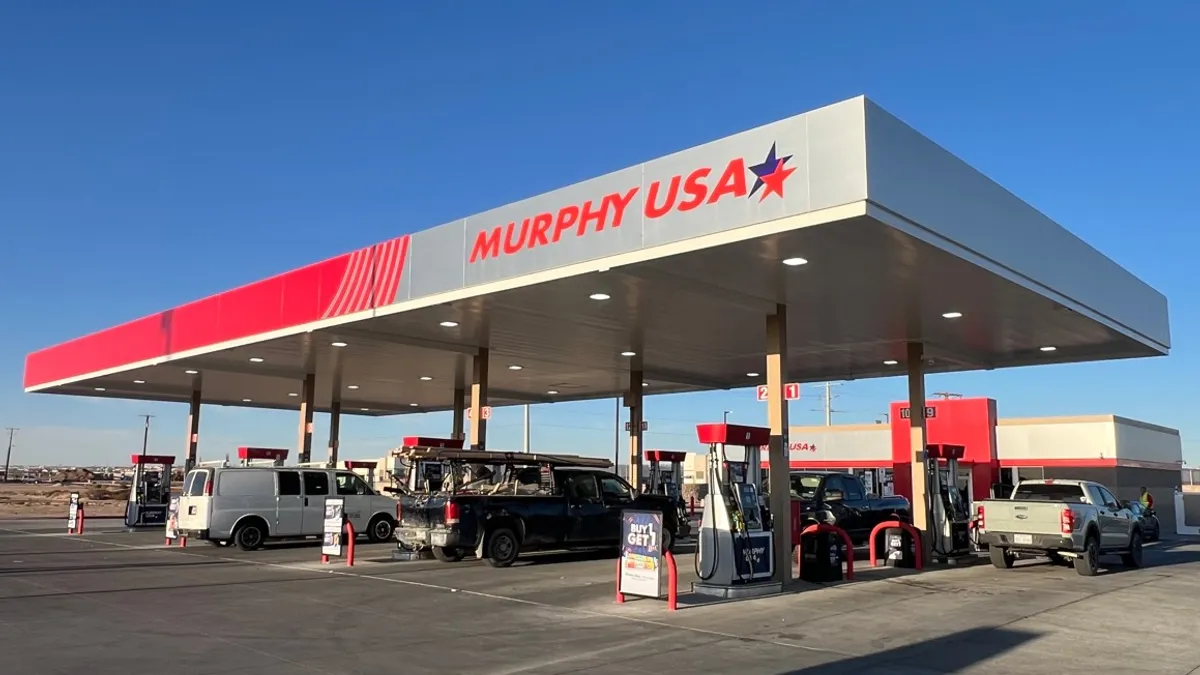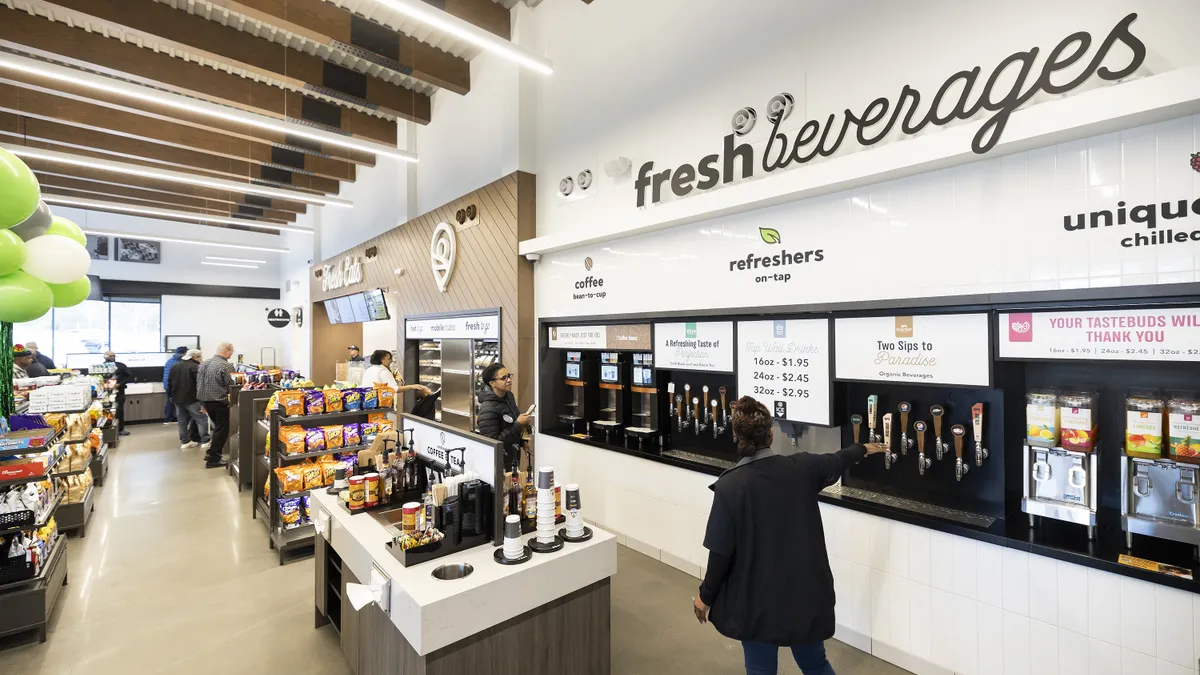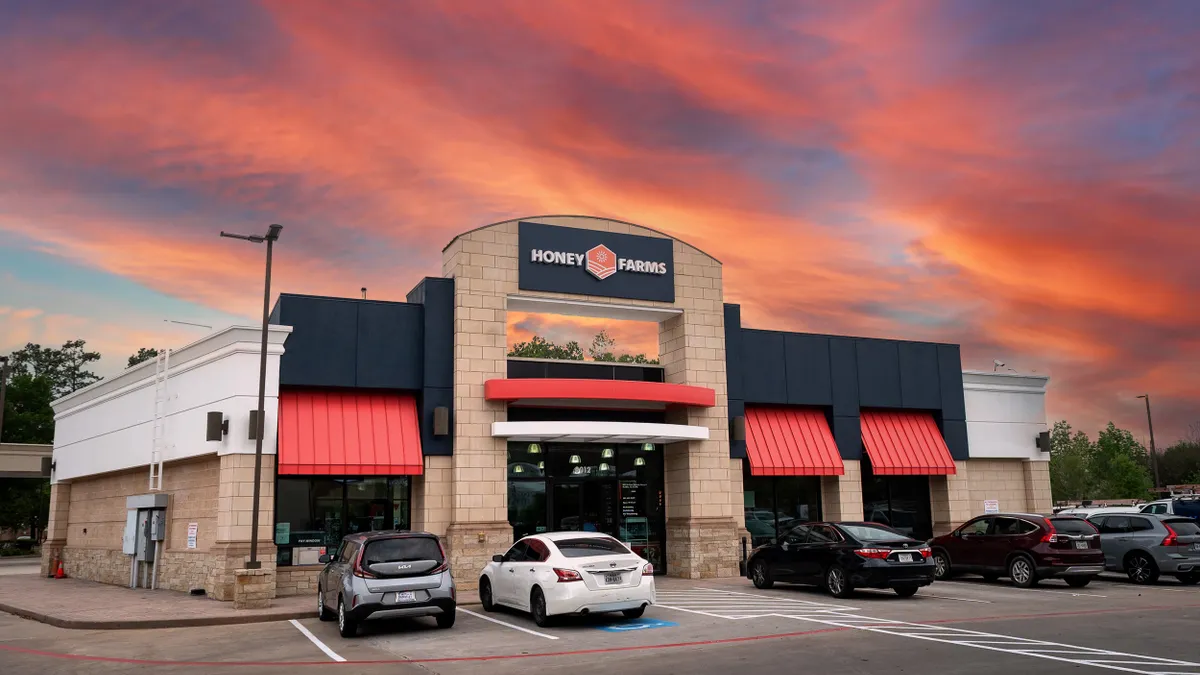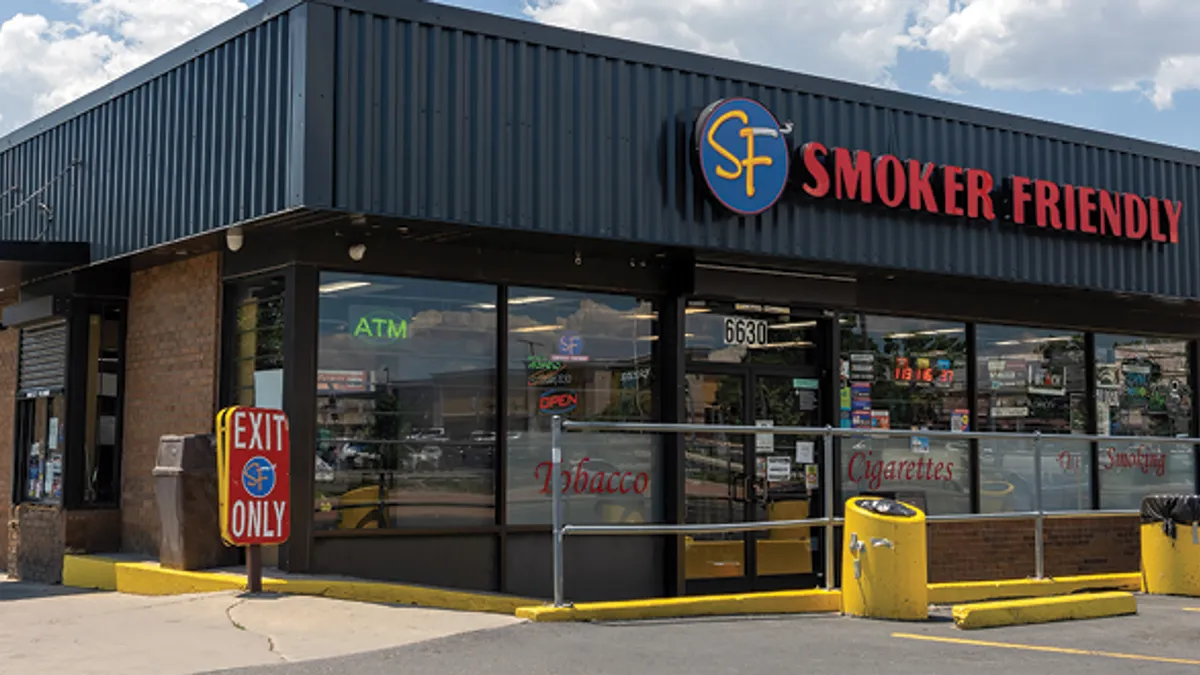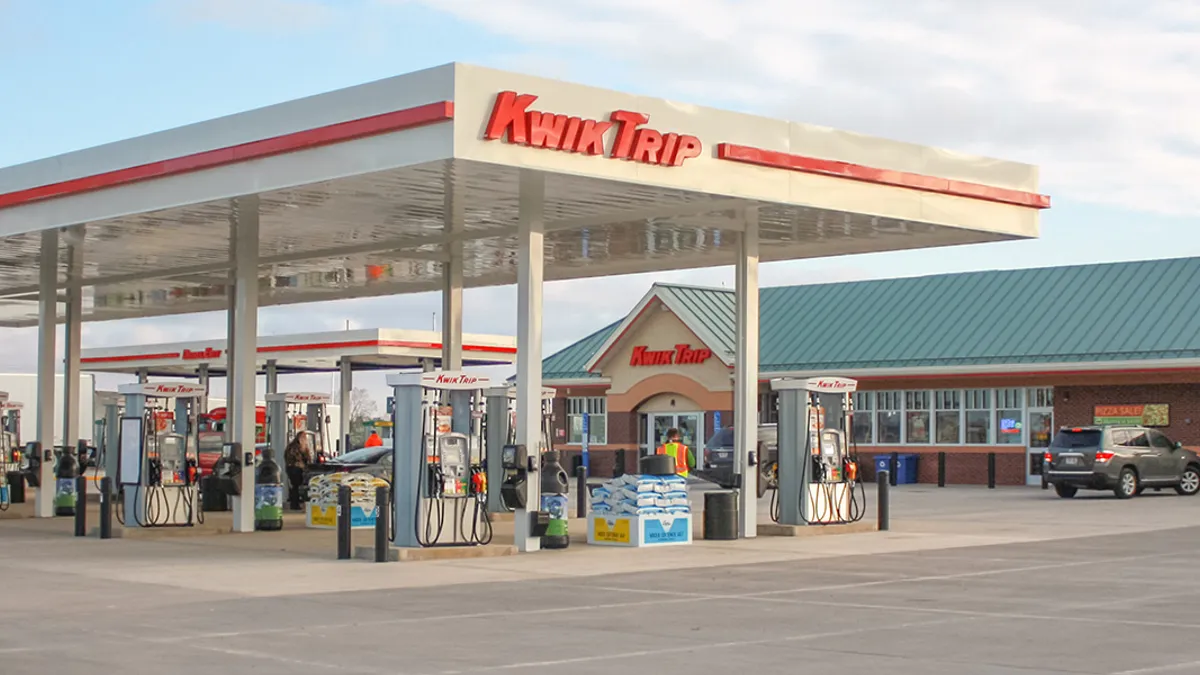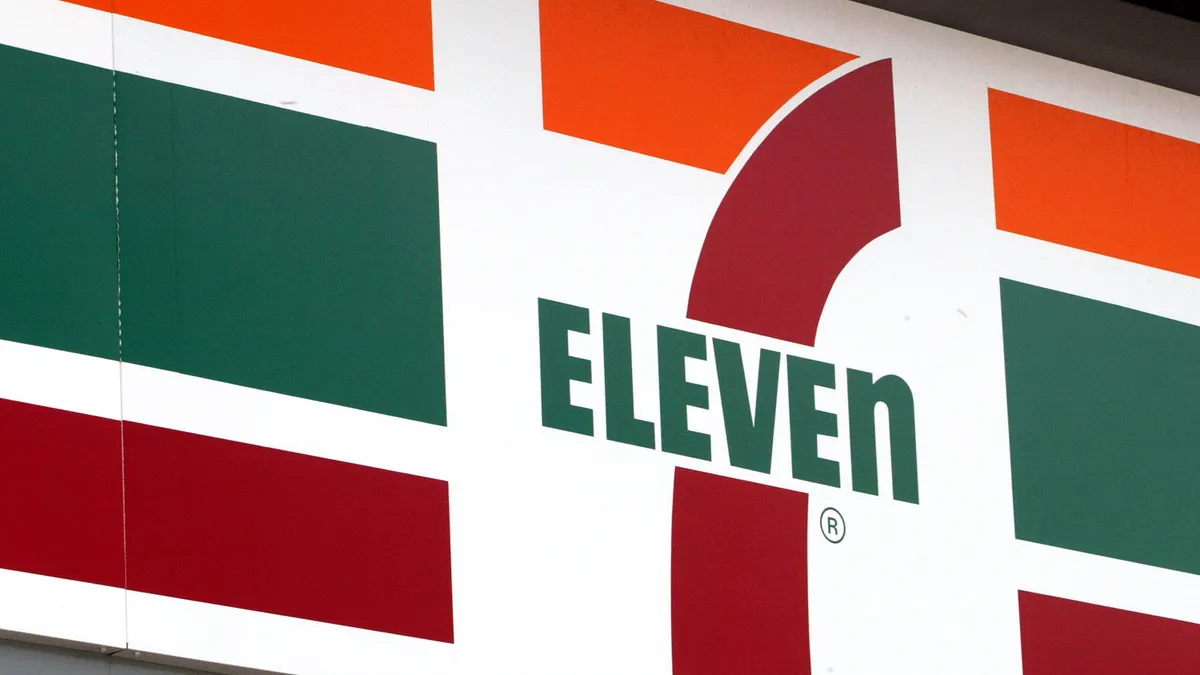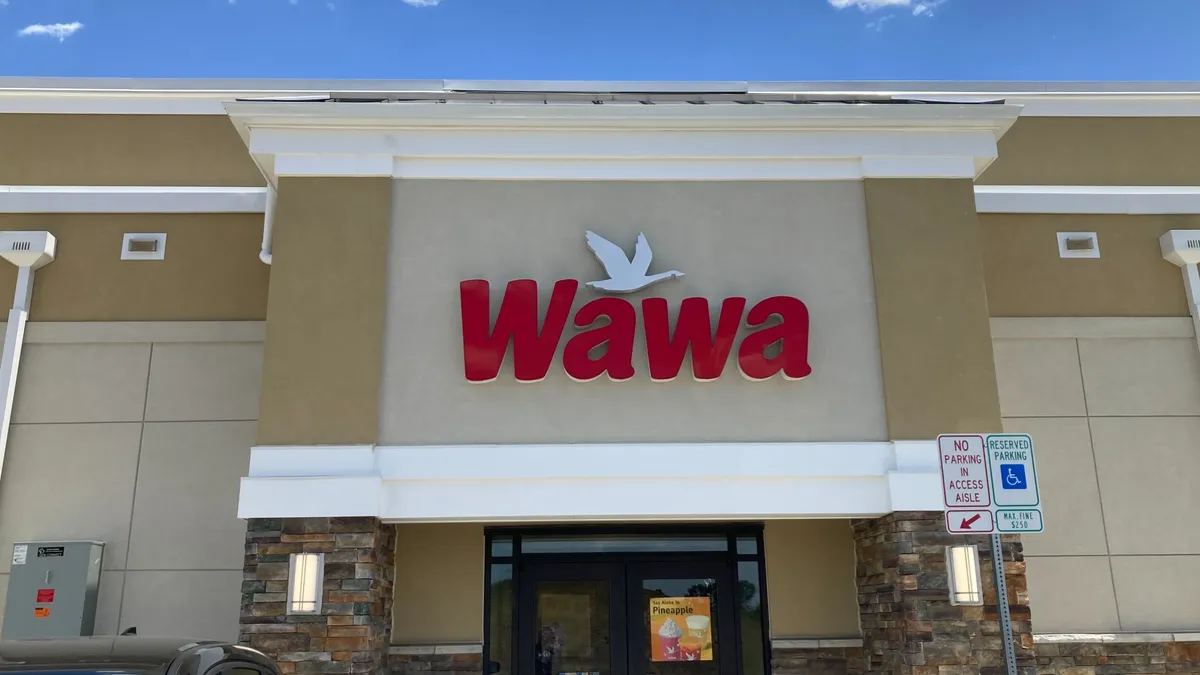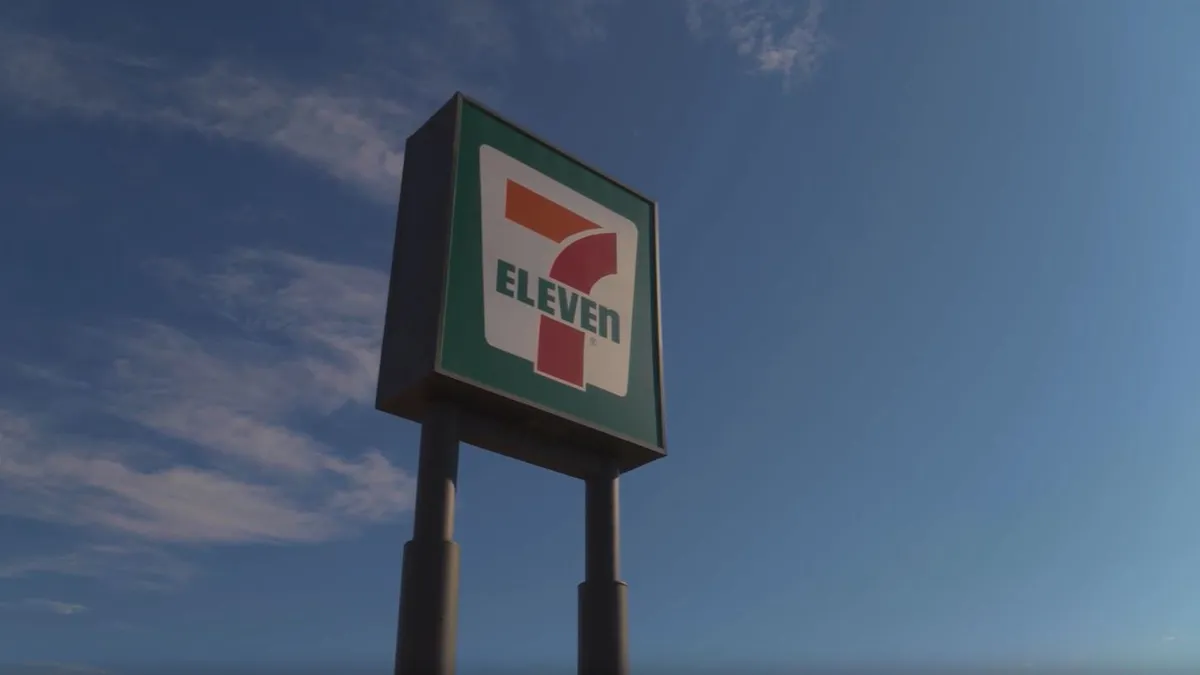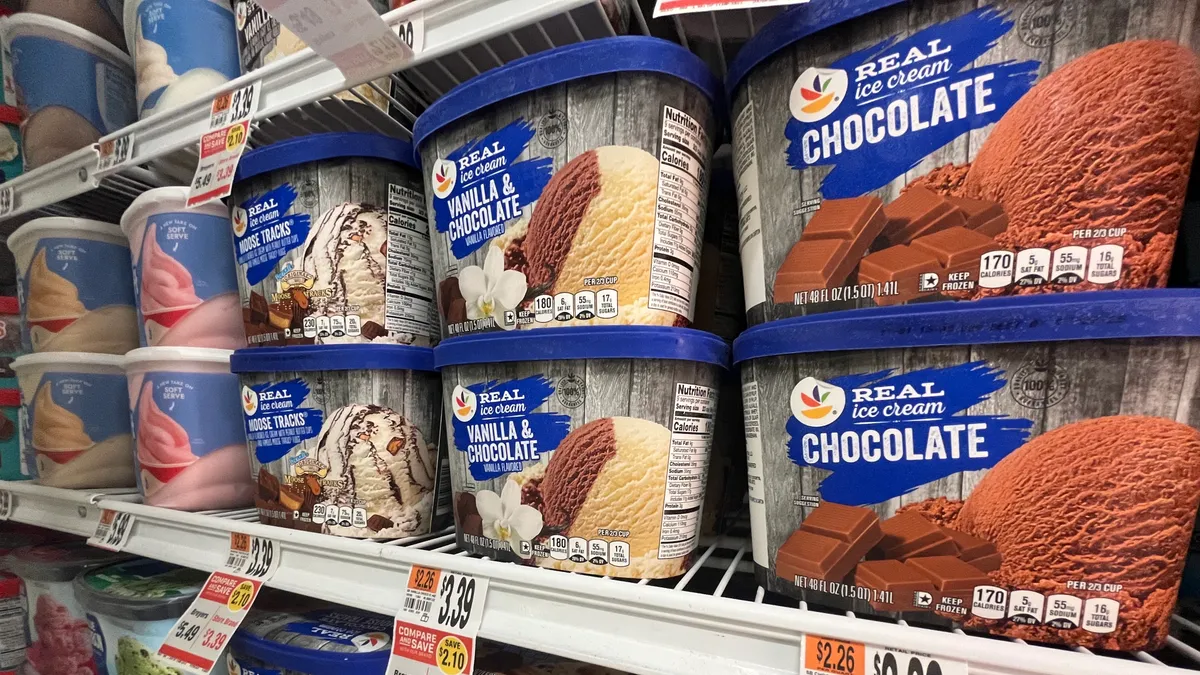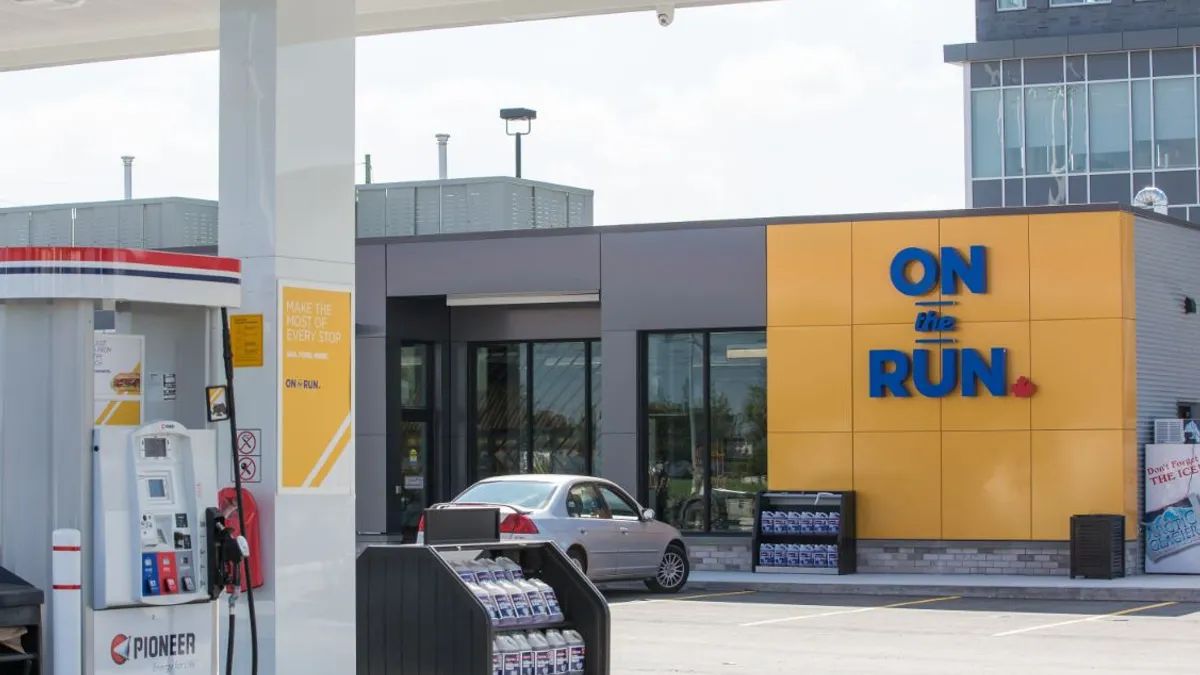Back to Basics is a regular series that outlines how c-store operators can get valuable new services up and running.
Adding subscriptions to loyalty programs is becoming more common among c-stores and can offer a way for retailers to build repeat business.
Subscription services are becoming more commonplace as the technology underlying them has become easier to implement, said Tyler Cameron, head of strategy and analytics at Rovertown, an app platform for c-stores.
These programs provide a “wonderful way to encourage customers to always choose your store by giving them a huge benefit or discount,” said Kevin Smartt, CEO of Spicewood, Texas-based TXB, which created its TXB Chug Club in 2022. For a monthly fee of $9.99, guests can receive any size drink once per day, including fountain, coffee, tea, cappuccino, or frozen drinks.
“That means, a drink per day will only cost 33 cents,” Smartt said. “We’ve found this program to be highly successful because it is a great way to save on something most Americans spend on daily — coffee and fountain drinks.”
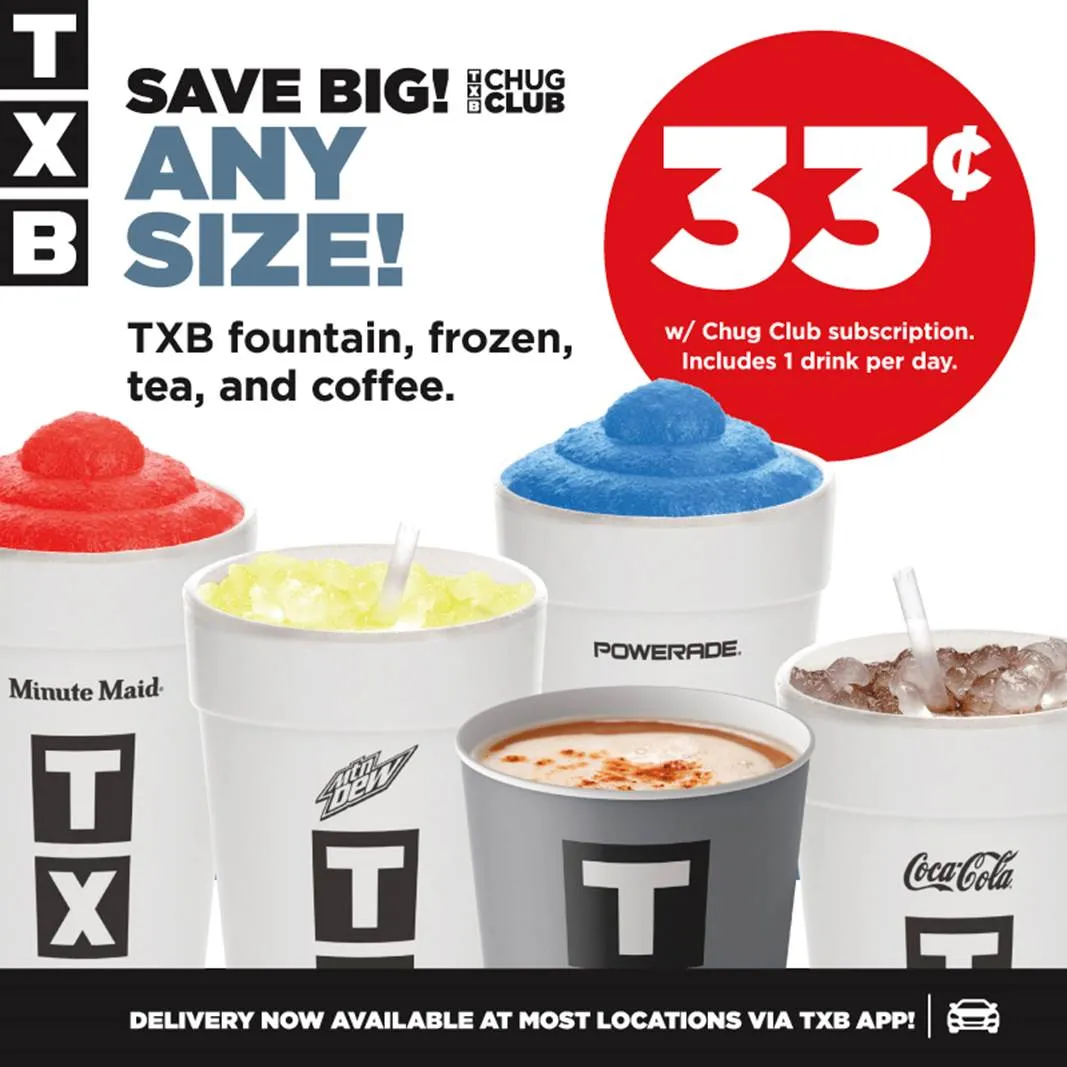
RaceTrac, meanwhile, has found success with a fuel subscription program.
“Subscription programs have gained in popularity because our industry sees the value in rewarding their most loyal guests. It incentivizes their guests to keep coming back,” said Lanna O’Connor, director of loyalty and digital marketing for Atlanta-based RaceTrac.
As a result, the company’s RaceTrac Rewards VIP fuel subscription program has realized steady growth since its inception in 2020.
What subscriptions do for c-stores
In addition to pleasing customers, subscriptions can help c-stores become a habit for those customers. Cameron noted that “customers that opt in to a subscription program are much more likely to continue shopping with that retailer over time, which should lead to higher sales.”
TXB leverages its subscription program to encourage guests to download and use its mobile app, according to Smartt. The app also allows customers to obtain savings via its loyalty program.
Importantly, customers who are members are more likely to stop by on their way to work or school, Smartt explained.
“A big focus for retailers is bringing guests into the store from the pump instead of staying outside to get gas and leave,” Smartt said.
RaceTrac Rewards members, meanwhile, are “very passionate about the program and are keen to take advantage of fuel promotions, which is why we have created so many ways for them to save,” O’Connor said. “Our most engaged members know how to stack discounts both inside and at the pump.”
Preparing for the subscription program
Before rolling out a subscription program, c-store operators should define their objectives and hypotheses, according to O’Connor.
“What are you hoping to accomplish with a subscription program?” she said. “How will the program help achieve your objectives? What else do you think the subscription program does for your business?”
Subscription benefits can complement an existing rewards program or stand alone, according to Cameron.
"Even if a retailer wants to invest in a traditional rewards program, they might see the value in adding subscription options if they have a popular coffee program or a strong car wash business,” added Frank Beard, head of marketing for Rovertown.
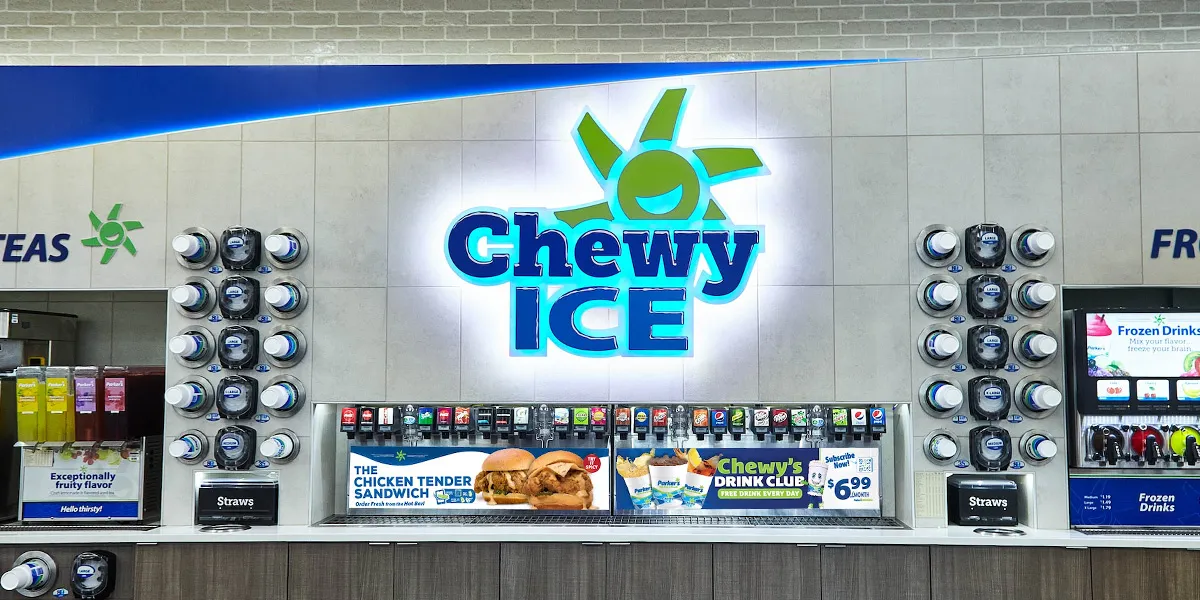
Retailers considering a subscription program should identify a problem to solve, Smartt suggested. “When creating Chug Club, we knew many people are stopping somewhere to pick up a cup of coffee or beverage on their way to school or work in the morning. It’s a consistent ritual that is already built into our guests’ lives,” he said. “This can get expensive on a consistent basis.”
With the TXB Chug Club, customers “know exactly how much they’re spending each month and know they’re spending much less than they would picking up a $5 coffee elsewhere,” Smartt noted.
Building it to last
Research is key when starting a subscription program, experts say.
Retailers should answer four questions before establishing the program, Cameron suggested: How will customers access the subscription? Which products are the main focus? Does this offer value to the customer? Is this profitable?
Make sure to talk to customers about whether they would subscribe, the benefits and features they would like to see, and how much they would be willing to pay for those benefits, O’Connor suggested. Also, determine profitability for the program — not only currently but into the future.
Then determine the best price for the subscription program. RaceTrac analyzed its “guest and transaction data to determine the right pricing and discount thresholds for the program that would be optimal for guests and business profitability,” O’Connor explained. As the program has matured, “we’ve begun testing additional offers and incentives for our subscription users that we hope to roll out as program benefits in the near future.”
Retailers should create a subscription in which the customer feels like they win, Cameron suggested.
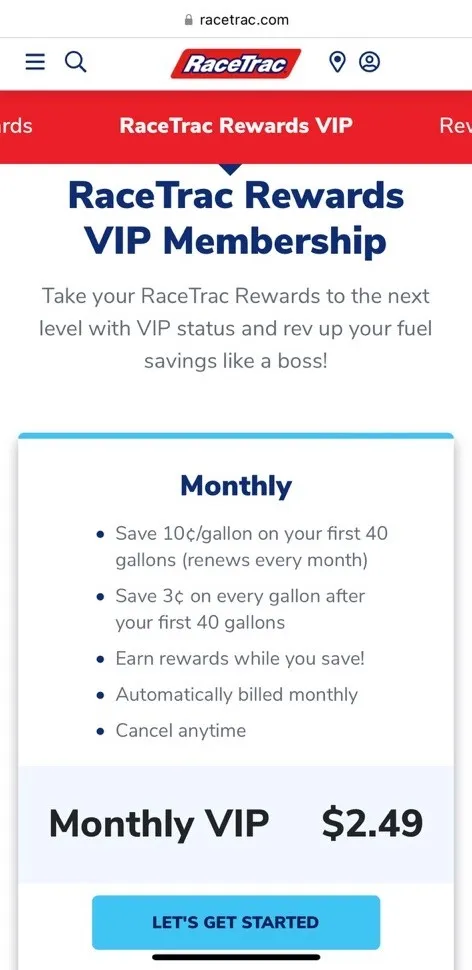
For example, consider offering 10 free coffees for only $2.99 per month. The store can calculate the potential increase in transactions and associated sales needed to offset the discounts.
Cameron also suggests prioritizing traffic-driving items and those that carry the company's brand imagery. “These are the products that bring customers to your store and strengthen their connection to your brand,” Cameron said. Coffee, fountain drinks, private label products and car washes are some common examples.
While something like energy drinks may have high transaction frequency, it lacks association with a c-store’s brand, “inadvertently working to build someone else’s brand,” Cameron cautioned.
Next, build a test-and-learn agenda to validate the program structure before rollout, O’Connor said, adding, “this is a great way to pilot the program or key benefits before launch to understand the usage and return.”
Finally, before launching it, retailers should lay out the plan to exit the program should the need arise, O’Connor said.
How to market and promote the program
After establishing a subscription program, c-stores need to invest in marketing to ensure its continued success.
“At the end of the day, this is not a story of if you build it they will come. You have to invest in adequate marketing and demonstrate the value to your customers,” Beard said.
TXB consistently advertises its subscription program within its stores, on its mobile app and on social media, Smartt said.
7-Eleven, which has a delivery subscription program called 7Now, also routinely offers specials on new items or reminds customers about the program in its company announcements
RaceTrac occasionally offers a free month of RaceTrac Rewards VIP membership promotions to targeted guests based on their fueling history.
“We’ve had success in both trial and retention with this approach and plan to continue and expand this offer in the future,” O’Connor said.




